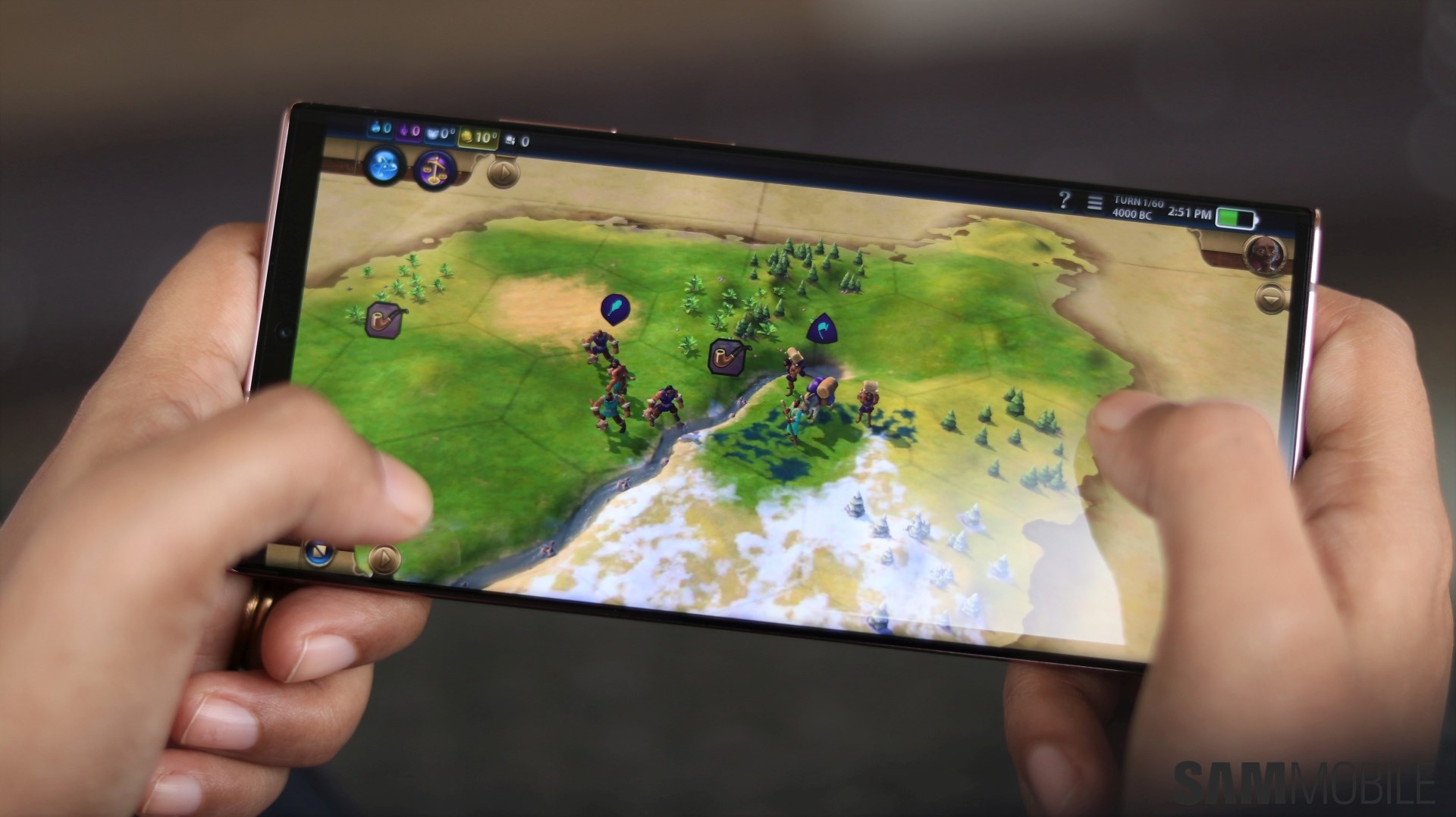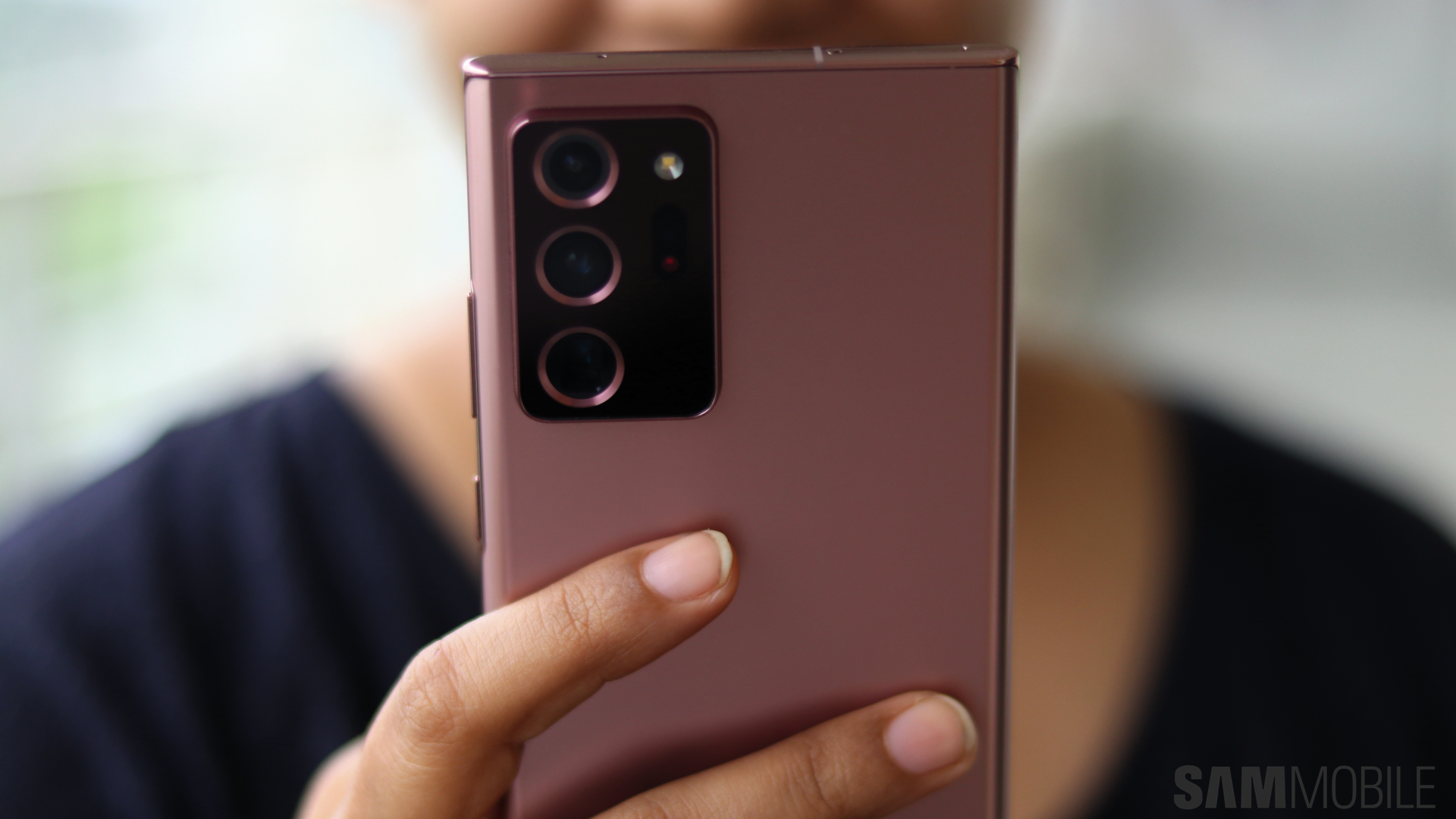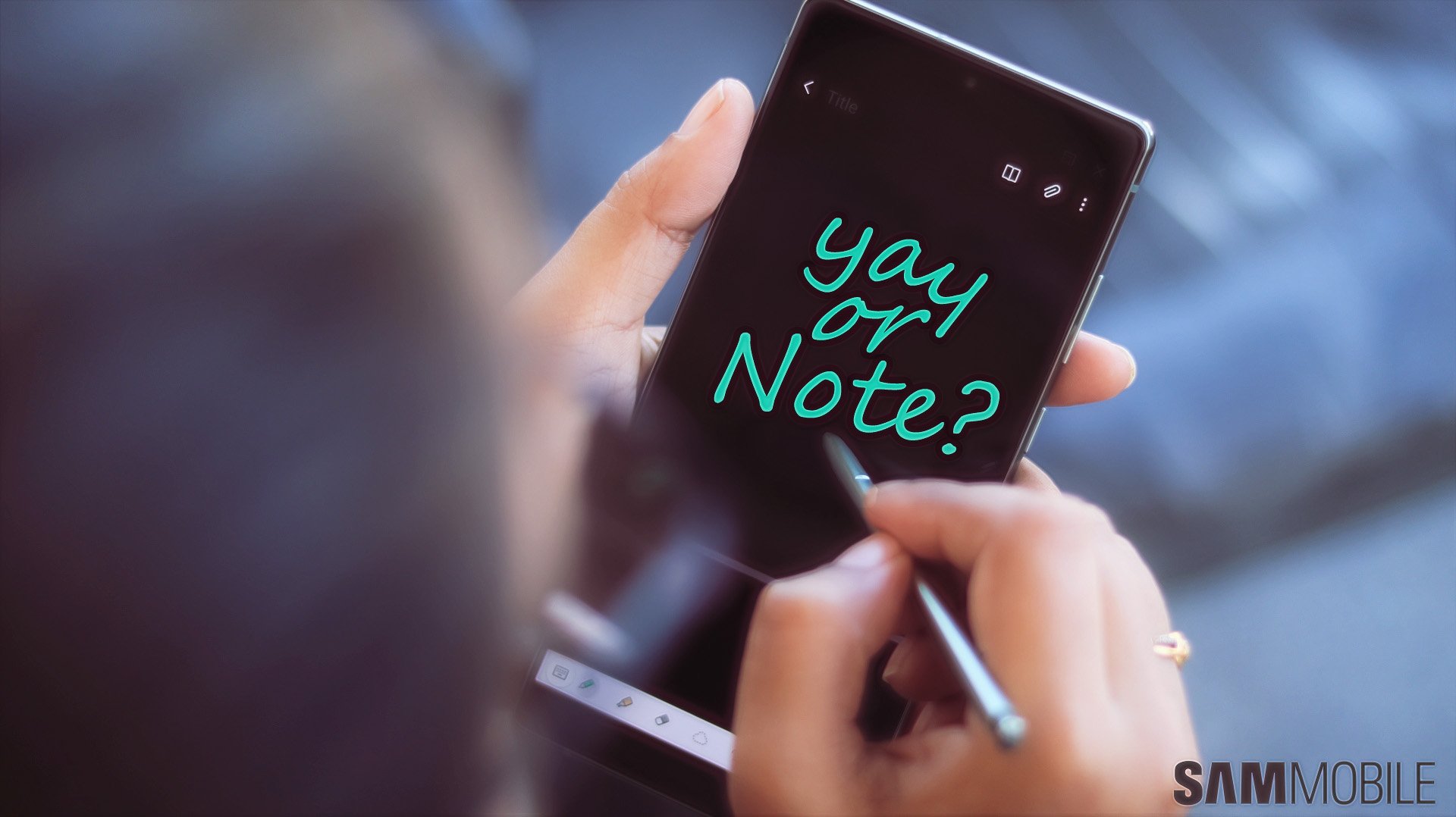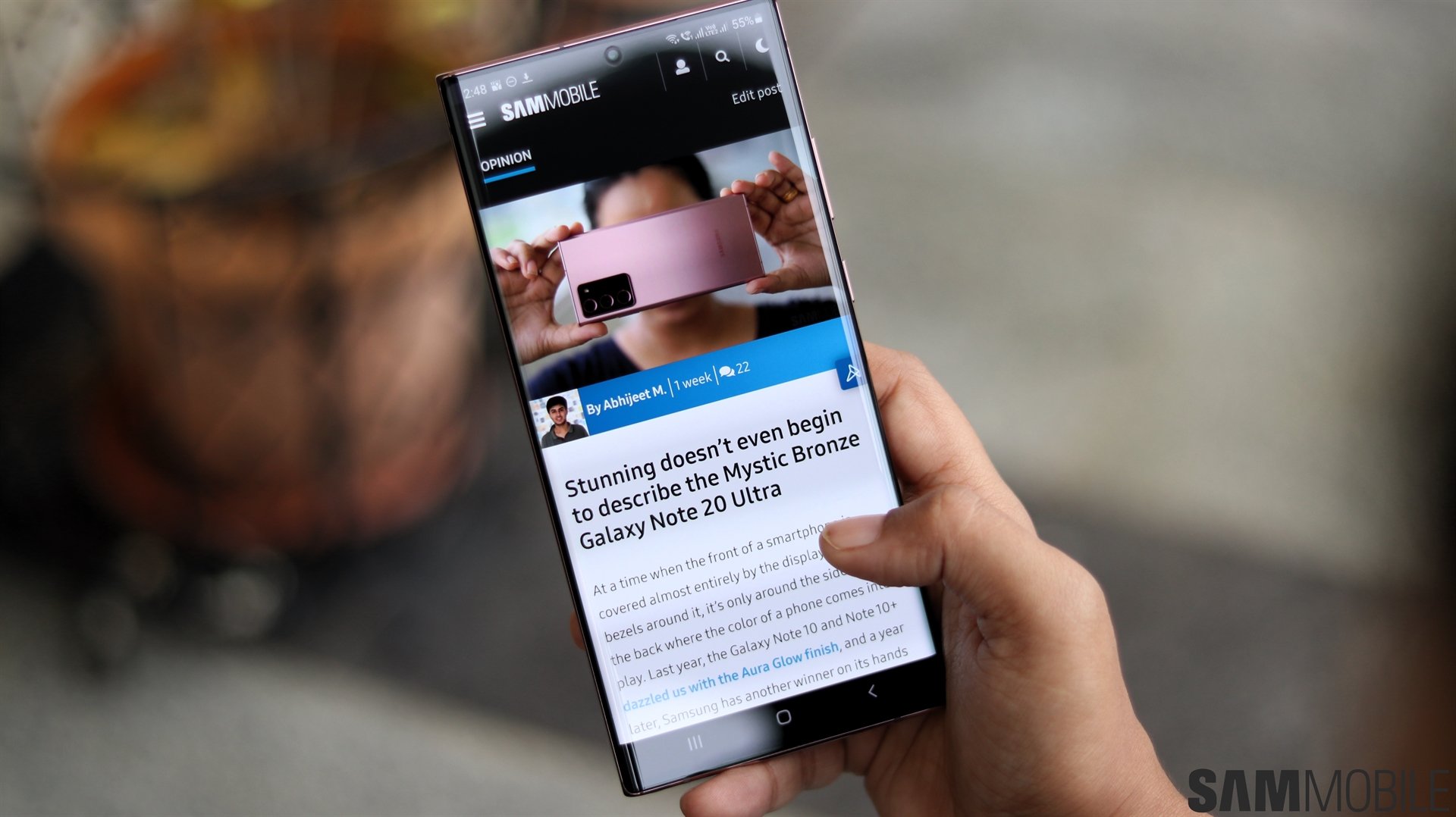
While most of the brands started off with 90Hz screens, Samsung jumped straight to 120Hz refresh rate screens. However, some of its mid-range phones have displays with a 90Hz refresh rate. Now that there are a dozen of Galaxy devices (12, as of February 2021) that have high refresh rate screens, we thought it might be a good idea to create a list of all those devices. We will regularly update this list as and when Samsung releases new devices with high refresh rate displays.
Which Galaxy phones and tablets have high refresh rate displays?
- Galaxy S21: The smallest Galaxy S21 series phone has a 6.2-inch Dynamic AMOLED 2x display with Full HD+ resolution (2,400 x 1,080 pixels) and a variable 120Hz refresh rate (48Hz-120Hz). The phone also features up to 1,300 nits of peak brightness, HDR10+, Always-On Display, and a second-generation ultrasonic in-display fingerprint reader from Qualcomm. The Galaxy S21's screen is protected by Gorilla Glass Victus.
- Galaxy S21+: The middle child in the Galaxy S21 series sports a 6.7-inch Dynamic AMOLED 2x display with Full HD+ resolution (2,400 x 1,080 pixels) and a variable high-refresh-rate display (48Hz-120Hz). The smartphone's display can go as high as 1,300 nits of peak brightness and features HDR10+, Always-On Display, and Qualcomm's second-gen ultrasonic in-display fingerprint reader. The screen is protected using a Gorilla Glass Victus panel.
- Galaxy S21 Ultra: The Galaxy S21 Ultra has a 6.8-inch Dynamic AMOLED 2x display with QHD+ resolution (3,200 x 1,440 pixels). It is Samsung's first smartphone that can run its display at QHD+ resolution and 120Hz refresh rate at the same time. It also supports a variable refresh rate feature (10Hz-120Hz) to reduce power consumption when a high refresh rate is not required. It can go as high as 1,500 nits of peak brightness and features HDR10+, Always-On Display, second-gen ultrasonic fingerprint reader, and Gorilla Glass Victus protection.
- Galaxy S20: This phone has a 6.2-inch Dynamic AMOLED 2x display with QHD+ resolution (3,200 x 1,440 pixels) and a 120Hz refresh rate. It also features HDR10+, Always-On Display, an ultrasonic in-display fingerprint reader, and Gorilla Glass 6 protection. Both the LTE and 5G versions of the phone have a 120Hz refresh rate screen.
- Galaxy S20+: LTE and 5G variants of the Galaxy S20+ sport a 6.7-inch Dynamic AMOLED 2x display with QHD+ resolution (3,200 x 1,440 pixels) and a high refresh rate of 120Hz. It can playback HDR10+ content and features Gorilla Glass 6 protection over the screen. Features like AoD and an ultrasonic in-display fingerprint reader are also present.
- Galaxy S20 Ultra: The Galaxy S20 Ultra has a 6.9-inch Dynamic AMOLED 2x display with a 120Hz refresh rate, a peak brightness of 1,400 nits, QHD+ resolution, and HDR10+ certification. Similar to other Galaxy S20 series phones, it features an ultrasonic in-display fingerprint reader, AoD mode, and Gorilla Glass 6 protection.
- Galaxy S20 FE: This phone is the cheapest Galaxy S20 device, and it comes with a 6.5-inch Super AMOLED display with Full HD+ resolution, and a 120Hz refresh rate. It uses an optical in-display fingerprint reader, AoD mode, HDR10+, and its screen is protected by Gorilla Glass 3.
- Galaxy Note 20 Ultra: The Galaxy Note 20 Ultra has a 6.9-inch Dynamic AMOLED 2x display with a 120Hz adaptive refresh rate and QHD+ resolution. Its display is protected by Gorilla Glass Victus. It features an ultrasonic in-display fingerprint reader, HDR10+ certification, and AoD mode.
- Galaxy Z Fold 2: Samsung's second-generation Fold device has two screens, a 6.23-inch Super AMOLED display on the outside and a 7.6-inch Dynamic AMOLED 2x foldable display on the inside. The inner display can be folded and it has a 120Hz adaptive refresh rate, QXGA+ resolution (2,208 x 1,768 pixels), HDR10+ certification, and Ultra Thin Glass (UTG) protection. The outer display has a 2,260 x 816 pixels resolution and a 60Hz refresh rate.
- Galaxy Tab S7: The Galaxy Tab S7 uses an 11-inch LTPS IPS LCD screen with a 120Hz refresh rate, QHD+ resolution, HDR10+ playback certification, and 500 nits of peak brightness. It comes with an S Pen and a latency of just 26ms.
- Galaxy Tab S7+: The Galaxy Tab S7+ sports a 12.4-inch Super AMOLED display with a 120Hz refresh rate and QHD+ resolution. It comes bundled with an S Pen, which has a latency of just 9ms.
- Galaxy A32: The 4G variant of the Galaxy A32 has a 6.4-inch Full HD+ Super AMOLED Infinity-U display with a 90Hz refresh rate. It has an in-display fingerprint reader and Gorilla Glass 5 protection.
Samsung is also launching three more smartphones with high refresh rate screens next month: Galaxy A52 4G, Galaxy A52 5G, and Galaxy A72 4G. The Galaxy A52 4G and the Galaxy A72 4G are said to feature 90Hz Super AMOLED displays, while the Galaxy A52 5G could come with a 120Hz Super AMOLED display. The Galaxy A32 is Samsung's first mid-range phone with a high-refresh-rate display.

















